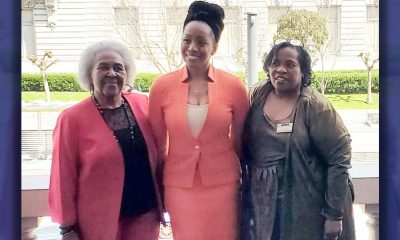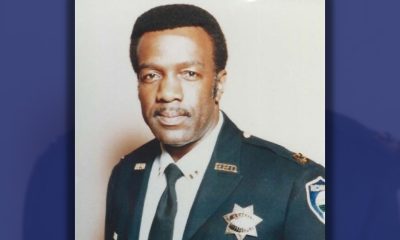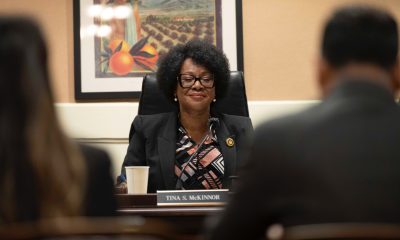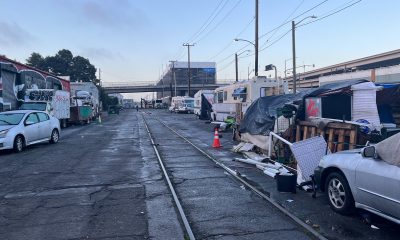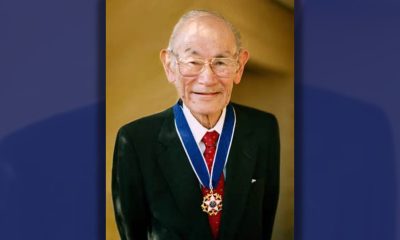Bay Area
Redistricting Monitors Say Their Efforts Helped Protect the Black Vote
The maps of the state’s electoral districts — updated once every decade to reflect the latest (2020) census count of population shifts and other demographic changes — will be used until 2031 to determine political representation in all statewide elections.
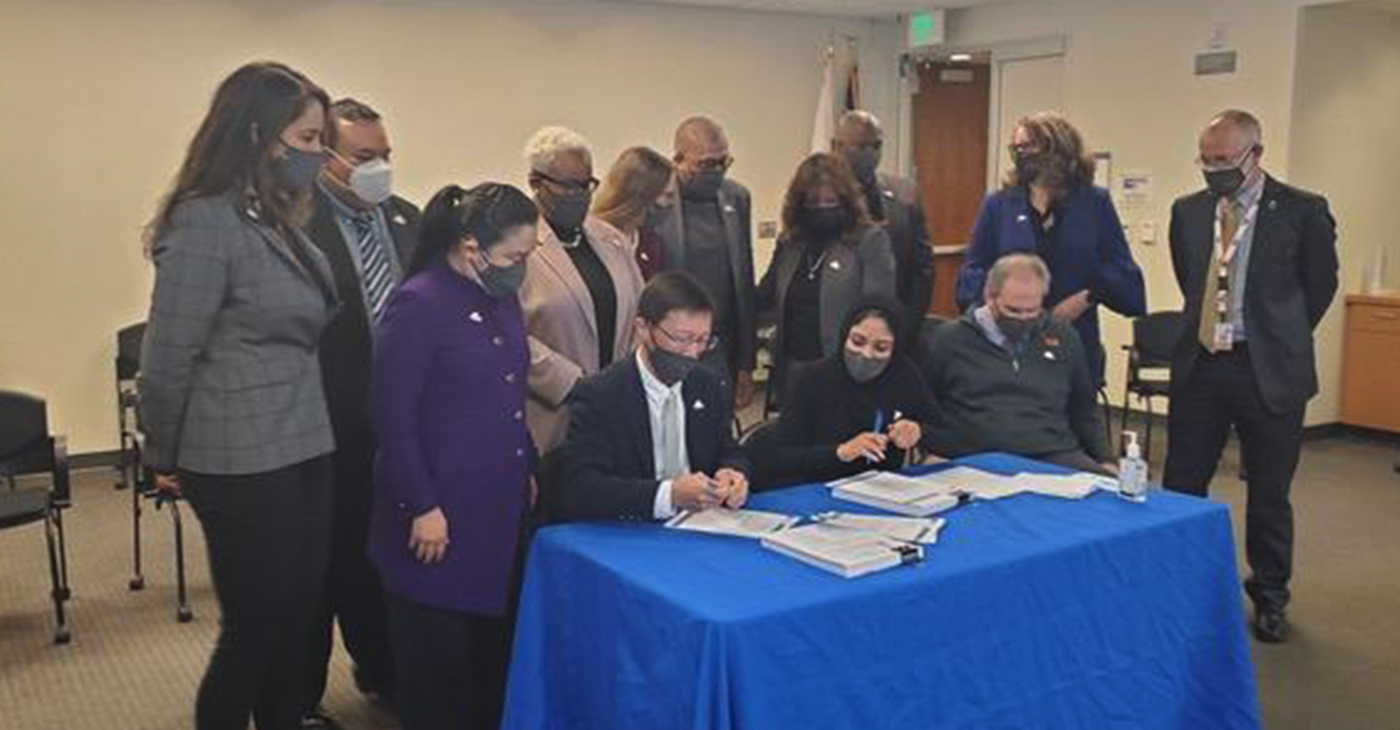
By Antonio Ray Harvey | California Black Media
An advocacy group that fights for fair political representation of African Americans in California says it is pleased with the results of the state’s recent redistricting process.
Last year, the California Black Census and Redistricting Hub coalition, a.k.a. the Black Hub, led a grassroots initiative to ensure the state’s electoral map drawing process did not water down the voting power of African Americans across the state.
Last week, the California Citizens Redistricting Commission (CCRC) delivered finalized maps for the state’s U.S. Congress, State Senate, Assembly, and Board of Equalization voting districts to the Secretary of State’s office.
The maps of the state’s electoral districts — updated once every decade to reflect the latest (2020) census count of population shifts and other demographic changes — will be used until 2031 to determine political representation in all statewide elections.
“All things considered, the (CCRC) had an arduous task. We commend their commitment to including Black voices in the redistricting process,” said James Woodson, policy director of the Black Hub.
Woodson said, in the Black Hub’s view, the CCRC did the best job possible within the rules of the “line-drawing process” to not disenfranchise “Black communities of interest.”
“Even in the areas where we didn’t get the perfect outcome, their attempts to consider the feedback of Black residents were fair. We are satisfied with the results,” Woodson continued.
Over the last three months, the CCRC drew four Board of Equalization districts, 52 Congressional districts, 40 Senatorial districts, and 80 Assembly districts.
During the process, the Black Hub coalition submitted draft maps to the commission based on community feedback they collected from hosting 51 listening sessions throughout California. The hub’s renderings, intended to guide the CRC’s decision-making process, reflected ideal boundaries for greater equity in redistricting while simultaneously identifying opportunities to protect and increase Black political representation.
The Black Hub is a coalition of over 30 Black-led and Black-serving grassroots organizations focused on racial justice throughout California. Two years ago, the alliance organized another initiative to maximize the participation of Black Californians in the 2020 Census count.
CRCC Chair Isra Ahmad, who is employed as a senior research evaluation specialist with Santa Clara County’s Division of Equity and Social Justice, said the commission welcomed the feedback of people across the state.
“We drew district maps in an open and transparent manner that did more than merely allow public input — we actively sought and encouraged broad public participation in the process through a massive education and outreach program, afforded to us by the delay in receiving the census data,” she explained.
The CRCC is composed of five Democrats, five Republicans, and four Californians unaffiliated with either political party. They represent a variety of personal and professional backgrounds and come from different parts of the state.
During the map-drawing process, the commission received letters and comments from a wide range of interested citizens, activists and advocacy organizations, all offering suggestions for how the CCRC should set geographic boundaries for districts. Often, those requests offered opposing ideas.
“This was a very complicated process to understand and there were so many people who organized calls, developed social media campaigns and distributed information,” said Kellie Todd Griffin, convening founder of the California Black Women’s Collective, which launched a public awareness campaign to increase Black Californians participation in the CCRC public hearings. “Their actions helped ensure that the voices of our community were heard and valued when understanding our interest and our assets. It’s important that we keep this engagement active and continue to elevate the voice of California’s Black population.”
Last November, the California/Hawaii State Conference of the NAACP informed the CCRC that it was “prepared to take legal action” if draft maps released to the public for comment last fall remained the way they were drafted.
Rick Callender, president of the California-Hawaii NAACP, said those iterations of the Assembly and Senate district maps for Los Angeles County and areas of the East Bay would have diluted Black political power. Los Angeles County and the East Bay are regions in the state where the highest numbers of Black Americans live.
During a news conference held before the commissioners delivered their final report to Secretary of State Shirley Weber’s office, the CCRC said it stood by its work and and took pride in the fact that the maps were drawn by hand.
CCRC Commissioner Trena Turner (Democrat), a pastor and the executive director at Faith in the Valley, a multi-cultural, multi-faith community organizing network in the San Joaquin Central Valley, said the commission read as many public statements and news articles about redistricting as it could.
Turner said specific feedback like that heightened the commission’s awareness.
“What that did, by writing the articles that they did, they served notice. So, we were mindful that we were hearing their voices,” Turner told California Black Media (CBM).
Redistricting Commissioner Derric Taylor (Republican), a Black investigator with the Los Angeles County Sheriff’s Department and active volunteer, mentor, coach in the Los Angeles and San Gabriel Valley areas, told CBM that the only way to address Callendar’s and other interested parties’ concerns was by reading reports by the media.
If the concerns were not voiced in a public meeting, the commission had to adhere to the Bagley-Keene Open Meeting Act.
California’s Bagley-Keene Open Meeting Act requires all state boards and commissions to publicly notice their meetings, prepare agendas, and accept public testimony in public unless specifically authorized to meet in closed session.
“The commission is bound by Bagley Keene,” Taylor said, adding that CCRC members could only discuss or address public comments “in a meeting or open forum to adhere to transparency.”
Because the federal government released the U.S. Census data the commission relies on to draw maps late, the CCRC made a request to the California Supreme Court to move their Dec. 15 deadline for final maps back by nearly a month, to Jan. 14, 2022. The state Supreme Court compromised and set the deadline for Dec. 27, 2021.
“I want to thank the Redistricting Commissioners for their hard work under challenging circumstances. We will now send these maps to the Legislature and to all 58 counties for implementation,” Secretary of State Weber responded after her office received the final maps.
Alameda County
DA Pamela Price Stands by Mom Who Lost Son to Gun Violence in Oakland
Last week, The Post published a photo showing Alameda County District Attorney Pamela Price with Carol Jones, whose son, Patrick DeMarco Scott, was gunned down by an unknown assailant in 2018.
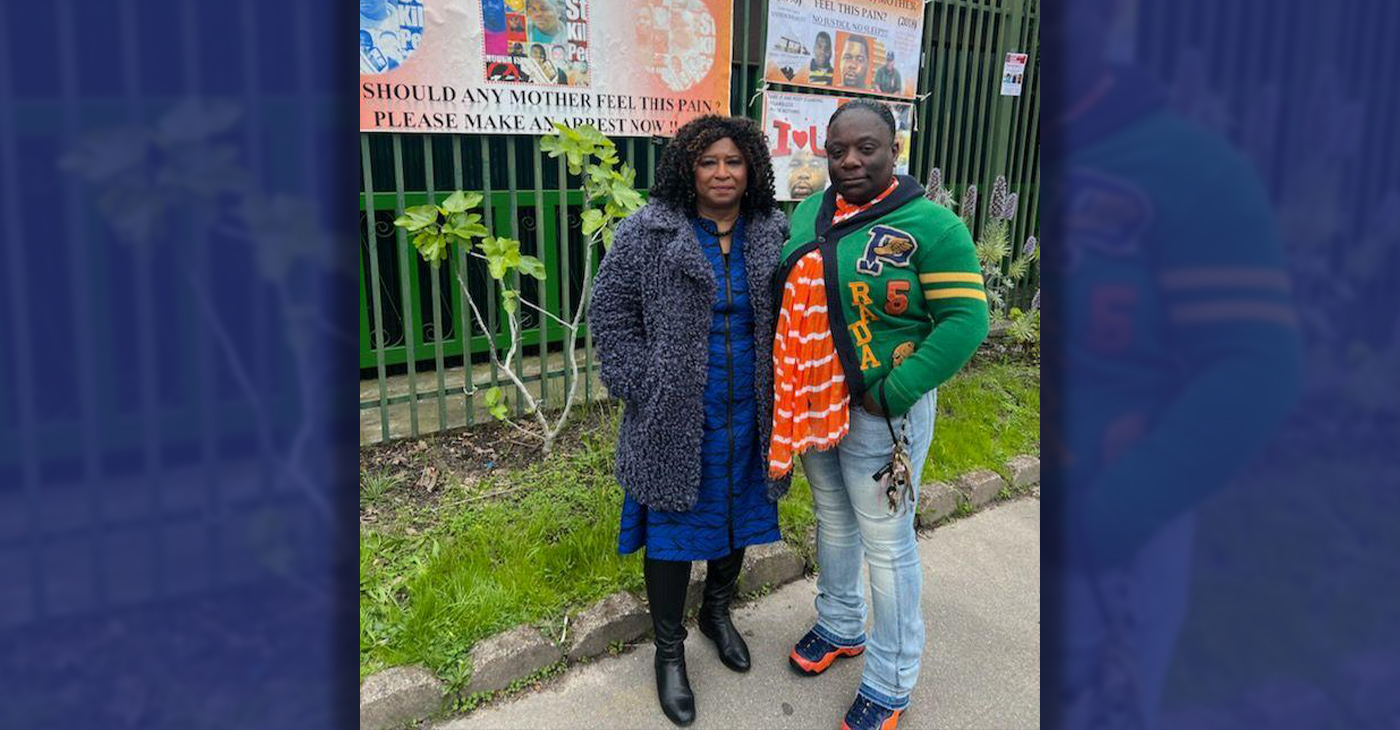
Publisher’s note: Last week, The Post published a photo showing Alameda County District Attorney Pamela Price with Carol Jones, whose son, Patrick DeMarco Scott, was gunned down by an unknown assailant in 2018. The photo was too small for readers to see where the women were and what they were doing. Here we show Price and Jones as they complete a walk in memory of Scott. For more information and to contribute, please contact Carol Jones at 510-978-5517 at morefoundation.help@gmail.com. Courtesy photo.
Bay Area
State Controller Malia Cohen Keynote Speaker at S.F. Wealth Conference
California State Controller Malia Cohen delivered the keynote speech to over 50 business women at the Black Wealth Brunch held on March 28 at the War Memorial and Performing Arts Center at 301 Van Ness Ave. in San Francisco. The Enterprising Women Networking SF Chapter of the American Business Women’s Association (ABWA) hosted the Green Room event to launch its platform designed to close the racial wealth gap in Black and Brown communities.
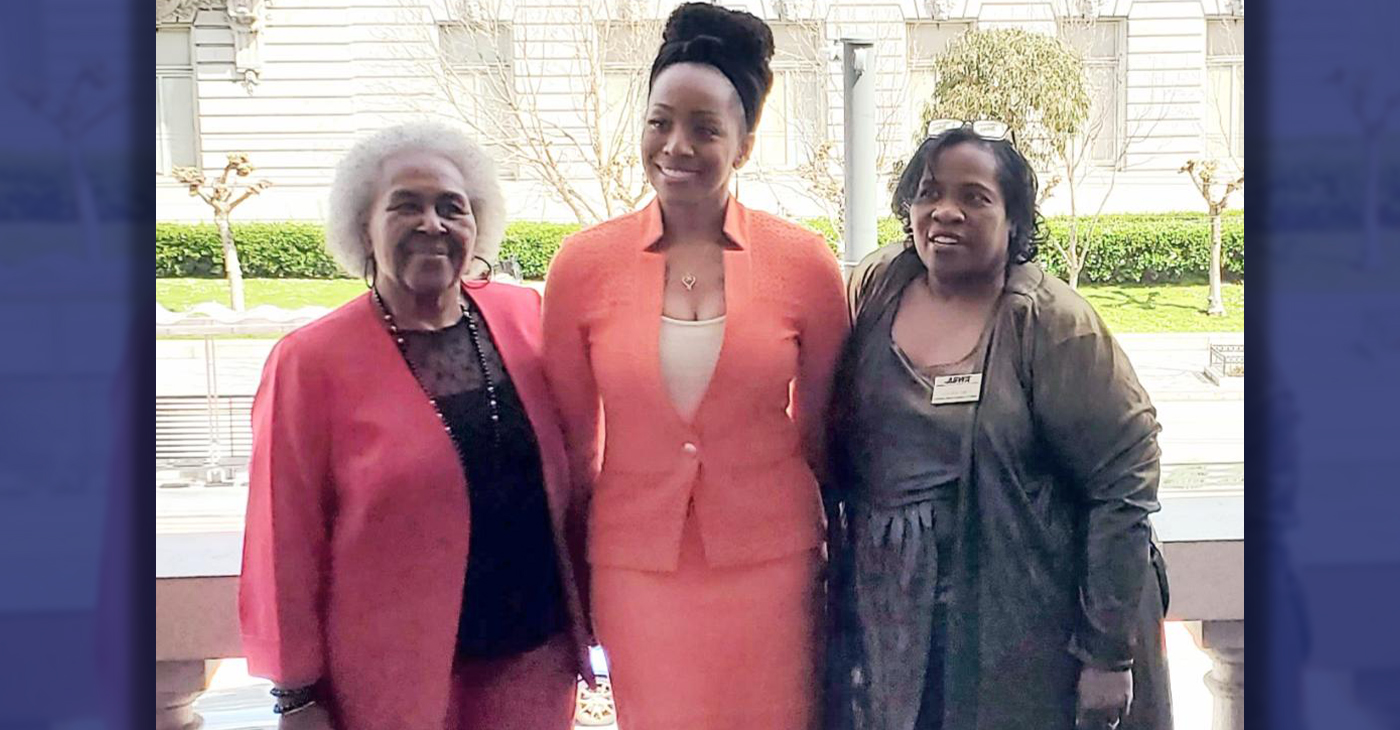
By Carla Thomas
California State Controller Malia Cohen delivered the keynote speech to over 50 business women at the Black Wealth Brunch held on March 28 at the War Memorial and Performing Arts Center at 301 Van Ness Ave. in San Francisco.
The Enterprising Women Networking SF Chapter of the American Business Women’s Association (ABWA) hosted the Green Room event to launch its platform designed to close the racial wealth gap in Black and Brown communities.
“Our goal is to educate Black and Brown families in the masses about financial wellness, wealth building, and how to protect and preserve wealth,” said ABWA San Francisco Chapter President LaRonda Smith.
ABWA’s mission is to bring together businesswomen of diverse occupations and provide opportunities for them to help themselves and others grow personally and professionally through leadership, education, networking support, and national recognition.
“This day is about recognizing influential women, hearing from an accomplished woman as our keynote speaker and allowing women to come together as powerful people,” said ABWA SF Chapter Vice President Velma Landers.
More than 60 attendees dined on the culinary delights of Chef Sharon Lee of The Spot catering, which included a full soul food brunch of skewered shrimp, chicken, blackened salmon, and mac and cheese.
Cohen discussed the many economic disparities women and people of color face. From pay equity to financial literacy, Cohen shared not only statistics, but was excited about a new solution in motion which entailed partnering with Californians for Financial Education.
“I want everyone to reach their full potential,” she said. “Just a few weeks ago in Sacramento, I partnered with an organization, Californians for Financial Education.
“We gathered 990 signatures and submitted it to the [California] Secretary of State to get an initiative on the ballot that guarantees personal finance courses for every public school kid in the state of California.
“Every California student deserves an equal opportunity to learn about filing taxes, interest rates, budgets, and understanding the impact of credit scores. The way we begin to do that is to teach it,” Cohen said.
By equipping students with information, Cohen hopes to close the financial wealth gap, and give everyone an opportunity to reach their full financial potential. “They have to first be equipped with the information and education is the key. Then all we need are opportunities to step into spaces and places of power.”
Cohen went on to share that in her own upbringing, she was not guided on financial principles that could jump start her finances. “Communities of color don’t have the same information and I don’t know about you, but I did not grow up listening to my parents discussing their assets, their investments, and diversifying their portfolio. This is the kind of nomenclature and language we are trying to introduce to our future generations so we can pivot from a life of poverty so we can pivot away and never return to poverty.”
Cohen urged audience members to pass the initiative on the November 2024 ballot.
“When we come together as women, uplift women, and support women, we all win. By networking and learning together, we can continue to build generational wealth,” said Landers. “Passing a powerful initiative will ensure the next generation of California students will be empowered to make more informed financial decisions, decisions that will last them a lifetime.”
Bay Area
MAYOR BREED ANNOUNCES $53 MILLION FEDERAL GRANT FOR SAN FRANCISCO’S HOMELESS PROGRAMS
San Francisco, CA – Mayor London N. Breed today announced that the U.S. Department of Housing and Urban Development (HUD) has awarded the city a $53.7 million grant to support efforts to renew and expand critical services and housing for people experiencing homelessness in San Francisco.
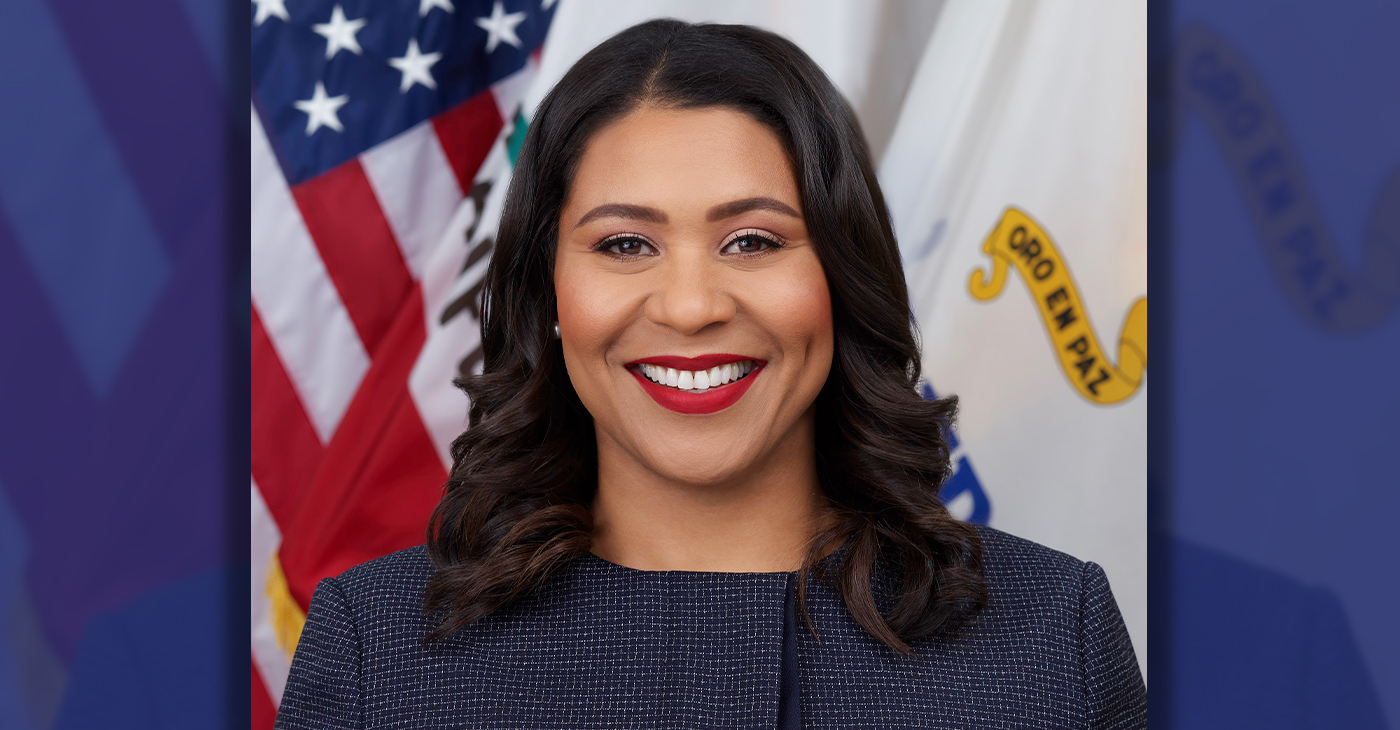
FOR IMMEDIATE RELEASE:
Wednesday, January 31, 2024
Contact: Mayor’s Office of Communications, mayorspressoffice@sfgov.org
***PRESS RELEASE***
MAYOR BREED ANNOUNCES $53 MILLION FEDERAL GRANT FOR SAN FRANCISCO’S HOMELESS PROGRAMS
HUD’s Continuum of Care grant will support the City’s range of critical services and programs, including permanent supportive housing, rapid re-housing, and improved access to housing for survivors of domestic violence
San Francisco, CA – Mayor London N. Breed today announced that the U.S. Department of Housing and Urban Development (HUD) has awarded the city a $53.7 million grant to support efforts to renew and expand critical services and housing for people experiencing homelessness in San Francisco.
HUD’s Continuum of Care (CoC) program is designed to support local programs with the goal of ending homelessness for individuals, families, and Transitional Age Youth.
This funding supports the city’s ongoing efforts that have helped more than 15,000 people exit homelessness since 2018 through City programs including direct housing placements and relocation assistance. During that time San Francisco has also increased housing slots by 50%. San Francisco has the most permanent supportive housing of any county in the Bay Area, and the second most slots per capita than any city in the country.
“In San Francisco, we have worked aggressively to increase housing, shelter, and services for people experiencing homelessness, and we are building on these efforts every day,” said Mayor London Breed. “Every day our encampment outreach workers are going out to bring people indoors and our City workers are connecting people to housing and shelter. This support from the federal government is critical and will allow us to serve people in need and address encampments in our neighborhoods.”
The funding towards supporting the renewal projects in San Francisco include financial support for a mix of permanent supportive housing, rapid re-housing, and transitional housing projects. In addition, the CoC award will support Coordinated Entry projects to centralize the City’s various efforts to address homelessness. This includes $2.1 million in funding for the Coordinated Entry system to improve access to housing for youth and survivors of domestic violence.
“This is a good day for San Francisco,” said Shireen McSpadden, executive director of the Department of Homelessness and Supportive Housing. “HUD’s Continuum of Care funding provides vital resources to a diversity of programs and projects that have helped people to stabilize in our community. This funding is a testament to our work and the work of our nonprofit partners.”
The 2024 Continuum of Care Renewal Awards Include:
- $42.2 million for 29 renewal PSH projects that serve chronically homeless, veterans, and youth
- $318,000 for one new PSH project, which will provide 98 affordable homes for low-income seniors in the Richmond District
- $445,00 for one Transitional Housing (TH) project serving youth
- $6.4 million dedicated to four Rapid Rehousing (RRH) projects that serve families, youth, and survivors of domestic violence
- $750,00 for two Homeless Management Information System (HMIS) projects
- $2.1 million for three Coordinated Entry projects that serve families, youth, chronically homeless, and survivors of domestic violence
In addition, the 2023 CoC Planning Grant, now increased to $1,500,000 from $1,250,000, was also approved. Planning grants are submitted non-competitively and may be used to carry out the duties of operating a CoC, such as system evaluation and planning, monitoring, project and system performance improvement, providing trainings, partner collaborations, and conducting the PIT Count.
“We are very appreciative of HUD’s support in fulfilling our funding request for these critically important projects for San Francisco that help so many people trying to exit homelessness,” said Del Seymour, co-chair of the Local Homeless Coordinating Board. “This funding will make a real difference to people seeking services and support in their journey out of homelessness.”
In comparison to last year’s competition, this represents a $770,000 increase in funding, due to a new PSH project that was funded, an increase in some unit type Fair Market Rents (FMRs) and the larger CoC Planning Grant. In a year where more projects had to compete nationally against other communities, this represents a significant increase.
Nationally, HUD awarded nearly $3.16 billion for over 7,000 local homeless housing and service programs including new projects and renewals across the United States.
-

 Activism4 weeks ago
Activism4 weeks agoOakland Post: Week of March 27 – April 2, 2024
-
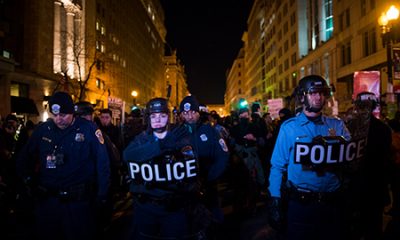
 #NNPA BlackPress4 weeks ago
#NNPA BlackPress4 weeks agoCOMMENTARY: D.C. Crime Bill Fails to Address Root Causes of Violence and Incarceration
-

 #NNPA BlackPress4 weeks ago
#NNPA BlackPress4 weeks agoMayor, City Council President React to May 31 Closing of Birmingham-Southern College
-
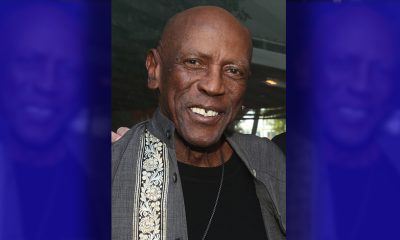
 #NNPA BlackPress4 weeks ago
#NNPA BlackPress4 weeks agoBeloved Actor and Activist Louis Cameron Gossett Jr. Dies at 87
-
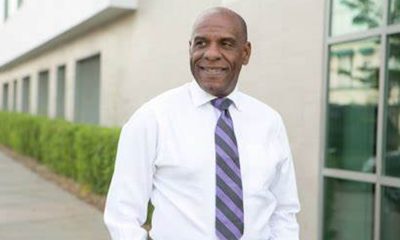
 Community1 week ago
Community1 week agoFinancial Assistance Bill for Descendants of Enslaved Persons to Help Them Purchase, Own, or Maintain a Home
-
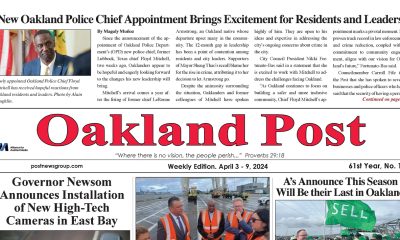
 Activism3 weeks ago
Activism3 weeks agoOakland Post: Week of April 3 – 6, 2024
-
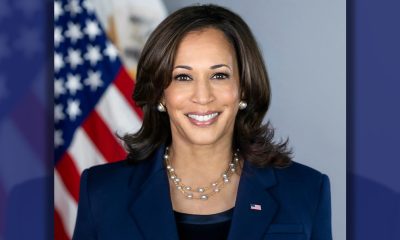
 Business1 week ago
Business1 week agoV.P. Kamala Harris: Americans With Criminal Records Will Soon Be Eligible for SBA Loans
-
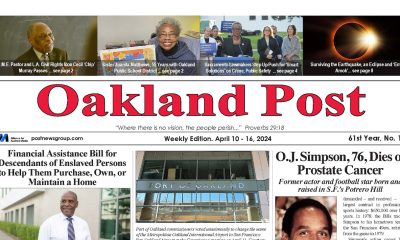
 Activism2 weeks ago
Activism2 weeks agoOakland Post: Week of April 10 – 16, 2024

